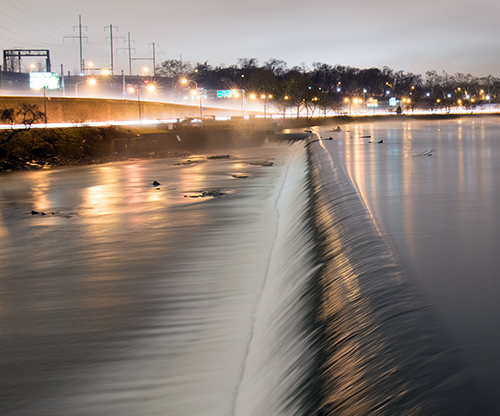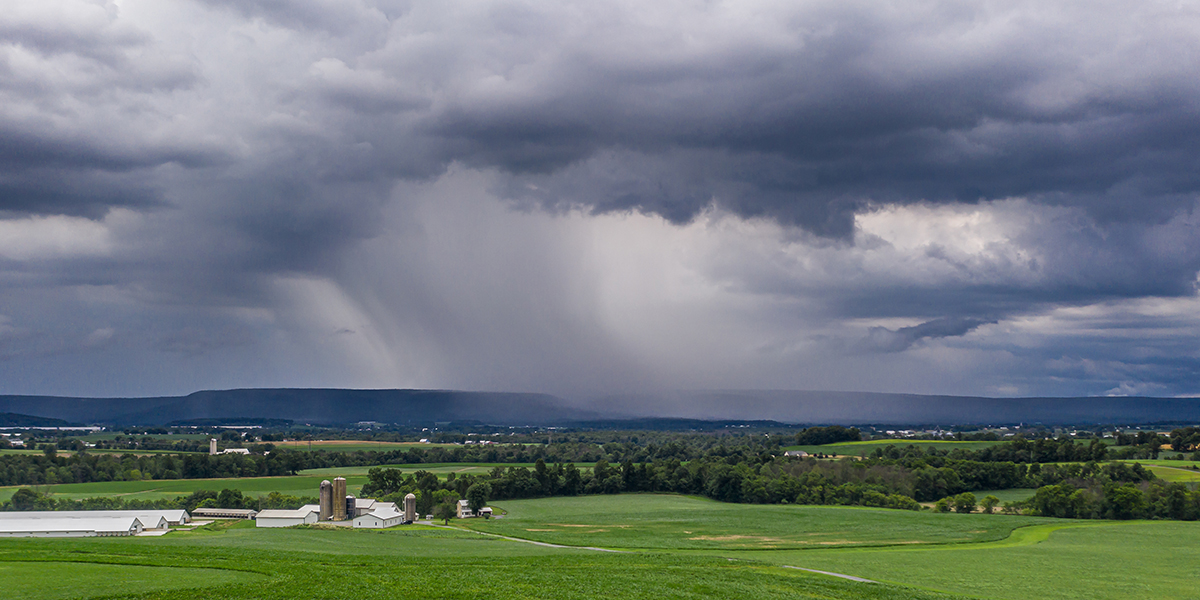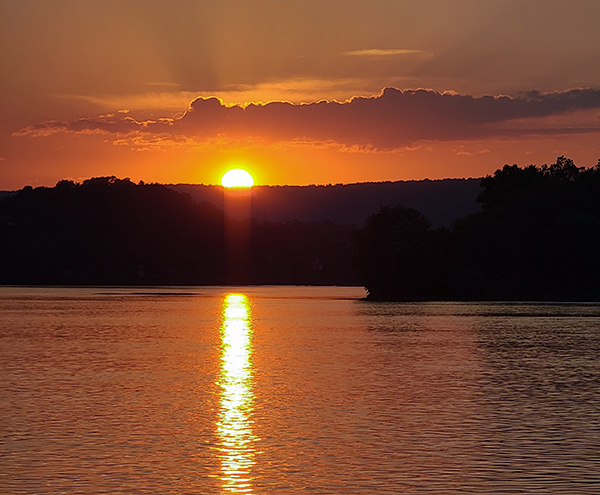From the time that a single raindrop hits the ground, it begins its travel to a larger body of water. An
interactive tool called River Runner shows the path of streams, creeks, and rivers a raindrop will take to get to a larger body of water from any location in the United States. Using the tool, you can see that most of these raindrops travel with the help of watersheds. While watersheds may be important in guiding a raindrop’s path, rainwater can also contribute to the damage of a watershed. After a raindrop hits the ground, it will often run off of a human-made structure or surface and pick up pollution from these surfaces as it makes its way to a river. This is known as runoff. Sediment, litter, and vehicle fluids are a few of the many pollutants that end up in our streams and rivers from rainwater runoff. Polluted watersheds limit our clean water sources, hurt wildlife, and can cause flooding, erosion, sewer issues, and more.

Across Pennsylvania, watershed restoration is underway to reduce pollution. Using the River Runner tool, you can see how rainwater that falls inside Pennsylvania's share of the
Chesapeake Bay watershed drains into the bay. The Department of Environmental Protection (DEP) and partners are in the process of working to restore the Chesapeake Bay watershed, with a goal of reducing runoff pollution using DEP's outlined
Best Management Practices (BMPs). Best management practices provide benefits to watersheds after restoration.

An example of BMPs are the strategies used during the
restoration of the Turtle Creek watershed. This Pennsylvania watershed suffered from sediment pollution, which led to erosion, flooding, damaged farmland, and an unnatural habitat for wildlife. Through best management practices of stream bank stabilization and use of rock and log structures, the restoration provided a useful habitat for wildlife, restored wildlife food chains, allowed water to flow more naturally, and reduced the amount of sediment that washed downstream, lessening the risk for erosion.
DEP is working on BMPs for the Chesapeake Bay watershed to try to limit runoff pollution, but community-wide efforts are also needed to combat the issue. As seen on the River Runner tool, every city or state has a creek or stream where raindrops will fall, and everyone lives in a watershed! Doing your part to limit pollution can help watershed restoration remain effective for people, our planet, and our wildlife.
